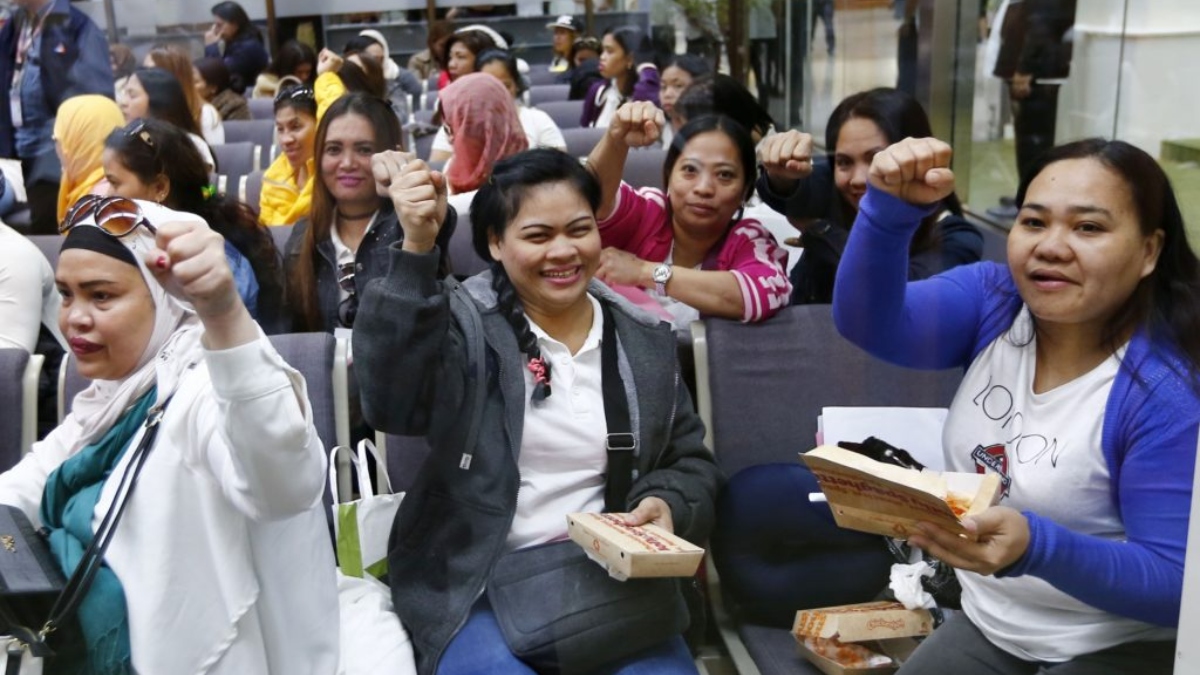In September, overseas Filipino workers (OFWs) sent home remittances showing a 2.6% increase compared to the same period last year, a report from the Bangko Sentral ng Pilipinas (BSP) revealed. This growth, although slightly lower than August’s 2.8%, brought in $3.23 billion, an $81 million rise from last year’s $3.15 billion.
The BSP’s data highlighted that cash remittances through banks accounted for $2.91 billion of the total, marking a notable increase from the previous year’s $2.84 billion. Domini Velasquez, chief economist at China Bank, attributed the slower pace to economic slowdowns in major remittance sources like Germany and Japan, and slower wage growth in the United Kingdom.
Despite these challenges, remittances were buoyed by strong economic performance in the US, the primary source of these funds. Velasquez anticipates a recovery in remittances, thanks to easing inflation in host countries. However, she cautions about potential risks from a cooling labor market and tensions in the Middle East.
From January to September 2023, the aggregate of compensation, personal transfers, and household capital transfers grew 2.8% to $27.24 billion, compared to $26.49 billion in the same period last year. The US led in remittance contributions, followed by Singapore, Saudi Arabia, Japan, the United Kingdom, the United Arab Emirates, and Canada.
Nicholas Mapa, senior economist at ING Bank, views these remittances as a robust and steady source of foreign currency, boosting household spending. He expects this trend to continue into 2024.
In 2022, the BSP missed its 4% growth target, with remittances growing only 3.6%. However, personal remittances reached a record high of $36.14 billion, with cash remittances at an all-time peak of $32.54 billion. For 2023, the BSP has set a more conservative target of 3% growth for both personal and cash remittances.






